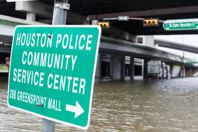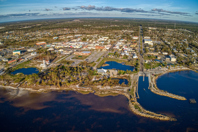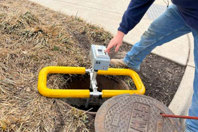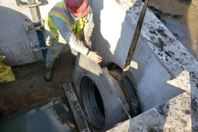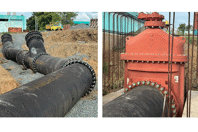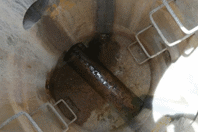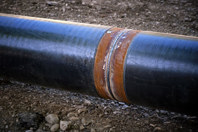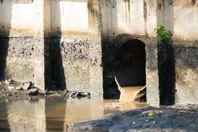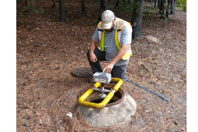SEWERS & SEWER LINE MAINTENANCE RESOURCES
-
There are three potential options to contain floods with tunnels to direct excess water out of Houston to the coast. As researchers who study disaster resilience, we bring complementary expertise to analyzing this complex discussion. Here are what we see as the key factors for the city to consider.
-
A water main rupture under pressure in Florida required a custom-designed “live line repair” fitting. Engineers quickly deployed, creating a permanent, corrosion-resistant solution and completing repairs in under 10 hours.
-
When evaluating how to best prepare a city for climate threats, consider lessons from past extreme weather events and evaluate how to apply these lessons to infrastructure challenges. Coastal cities can act now to protect their infrastructure against future risks.
-
To improve efficiency, a Virginia utility adopted acoustic inspection technology (SL-RAT) in 2018, enabling a shift to condition-based maintenance.
-
The public tends to forget about underground infrastructure until systems are stressed or capacity is exceeded and it doesn’t perform as intended. In combined sewer systems, sometimes this results in localized flooding, which can pose hazards to human health, water quality, and the environment, and create financial burdens for utilities.
-
AMERICAN is helping rebuild Puerto Rico’s vital water infrastructure after Hurricane Maria, supplying American-made products to strengthen resiliency for 3.5 million residents and millions of annual visitors.
-
Using advanced hydraulic modeling, EPM is analyzing how water flows through the sewerage system to inform decisions about operations, maintenance, network expansion, and environmental impact mitigation.
-
Aging water and wastewater infrastructure is a growing challenge in the U.S. and worldwide. As corrosion and structural failures become more common, the risks to quality, public health, and service reliability increase. However, full replacement can be expensive and disruptive, making pipe rehabilitation a more cost-effective solution.
-
Increasing population means sewers are sometimes overwhelmed without any rainfall at all. Then, add climate change to the mix. Heavier downpours are becoming more common, which spells trouble for sewer systems that simply cannot cope with increasing volumes of water. A combined sewer system is especially vulnerable.
-
Little Rock looked to enhance their sophisticated cleaning program and reduce sanitary sewer overflow count by implementing new technologies.

